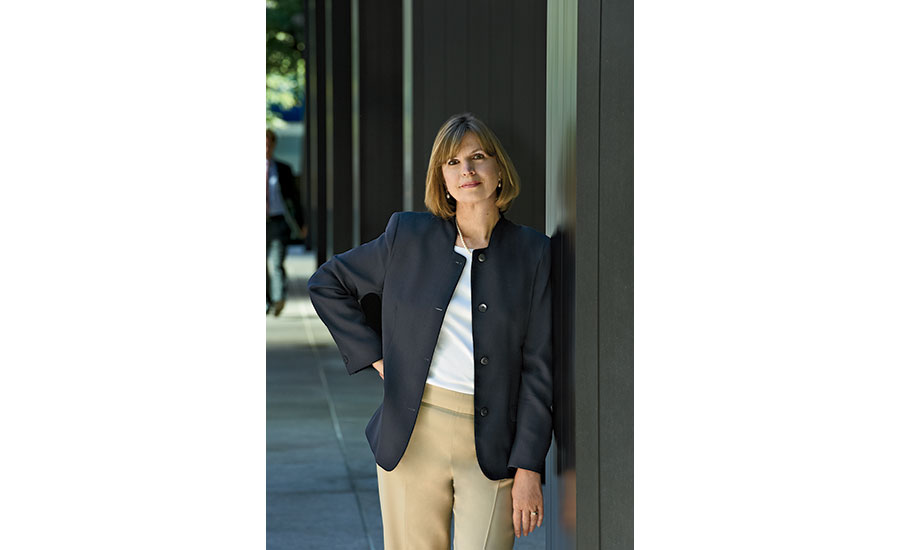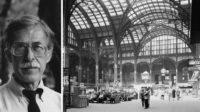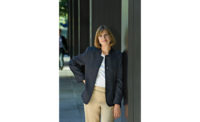Beyond Eye Candy
Photography has become essential to the culture of architecture.

Photo © Michel Arnaud
RECORD, as everyone knows, is an architecture magazine, but, you could argue, it is actually a photography magazine on the topic of architecture. Yes, our editors and contributors report and write extensively on architectural projects and provide deep knowledge about construction, site conditions, materials, and technical particulars. We include drawings of plans, sections, and details. Yet it is hard to imagine Architectural Record without pictures, almost always in color—the ubiquitous language for translating the world of three dimensions into two.
In this issue, we bring you stunning photographs of new projects, as usual—in this case, cultural centers from Taiwan to Ohio, with reports by writers who visited all of them. But in a special feature, we also explore the power of the architectural image, which shapes “the understanding of the work across time, positioning it in the universe of references that makes up the history of the field,” as Pierluigi Serraino writes in “Partners in Time,” an essay that looks at the impact of the great 20th-century photographers—Ezra Stoller chief among them—on how we have come to view the work of the Modernists who commissioned them.
Since its very first issue 127 years ago, RECORD has been part of that universe of references, fixing photographs into our collective image banks where architectural culture is stored. Today, we continue in that role, curating pictures from the best photographers for the pages of the magazine. Their work interpreting contemporary architecture is as critical as ever, especially in a world flooded with every kind of image, good and bad, on Instagram and the Web.
Architectural photography remains an intensely personal enterprise. Stoller methodically charted every shot of a building in advance, like a filmmaker crafting a storyboard, and today’s top architectural photographers each have their own approach. For RECORD's Portfolio, we talked to a number of photographers—as well as architects— to learn how they like to capture buildings. RECORD contributor Iwan Baan, who has been hugely influential in depicting human activity and the urban context when he shoots structures, doesn’t even like being called an architectural photographer. “Buildings and cities are the backdrops now,” he says, “but I’m still focused on how people live.” On the other hand, Roland Halbe, another RECORD contributor, creates images that are more formal—what he terms “a mix of documentation and emotion.”
Almost all photographers today use digital cameras, of course, though some told us about the days of shooting on film—a “very unforgiving medium,” recalls Jeff Goldberg. He likes the spontaneity of working with his small Canon DSLR, and rarely needs artificial lighting because of the ability to correct tonality on the computer—and “to remove small pieces of garbage, which I used to pick up by hand.” But the London-based Hélène Binet, who has shot extensively the work of Zaha Hadid and Peter Zumthor, is a purist—she mostly shoots black-and-white and uses an Arca-Swiss 4x5 film camera. “It’s like a performance,” she says. “You have to be very good in the moment; you don’t get a chance to fix it later.”
Despite the varied moods and methods of the photographers we spoke with—as well as many others whose work we regularly publish in RECORD—they are all devoted to the enormous challenge of capturing not only the details of architecture but expressing the experience of space and scale.
For RECORD, photography is a tool to convey what editors or writers have encountered firsthand. With that knowledge, we assemble a collection of images—almost always by a single photographer for each project—to bring the reader a sense of a singular experience. And that visual expression of architecture becomes part of the universe of references for the history of our time.
A photograph can be a beautiful thing in itself, of course. But it can’t substitute for being there. It is only, to paraphrase Stoller, the next-best thing.






